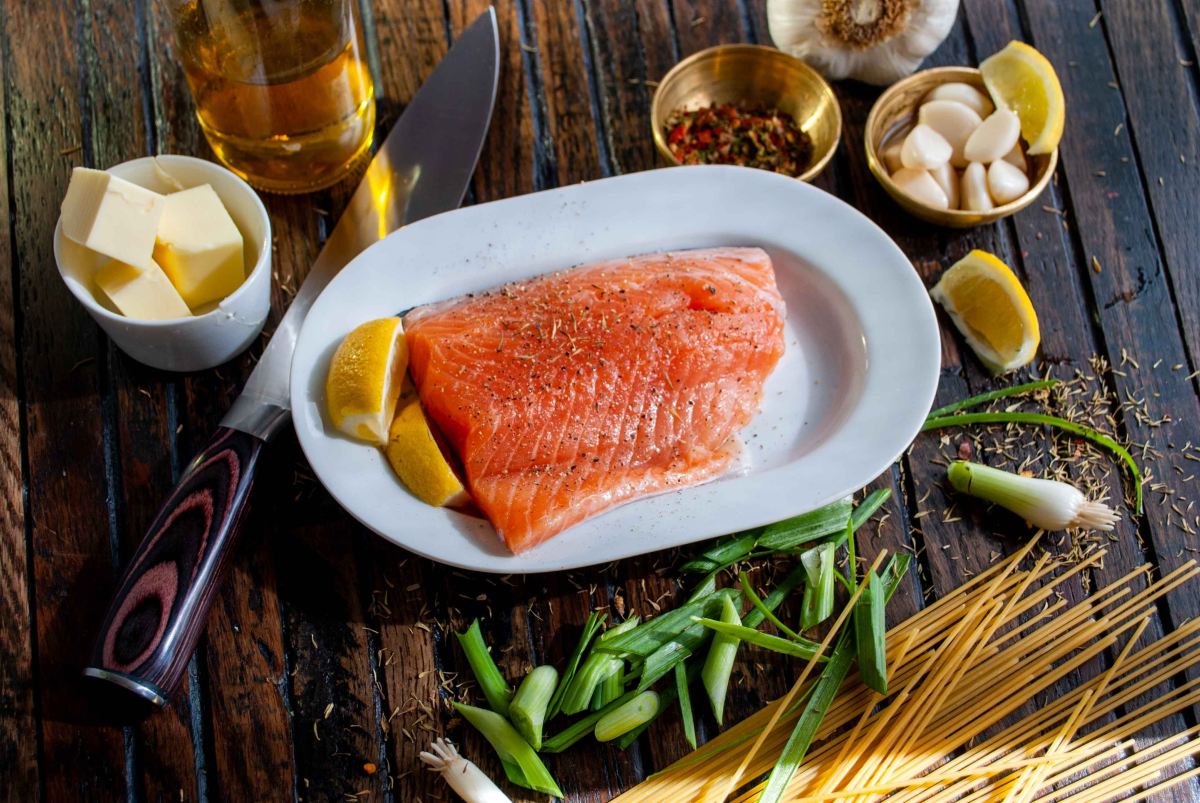It’s a bold title, I know. However, NAD+ is arguably the most important longevity molecule because it’s required for so many longevity pathways. Its an enabler.
What is it? It stands for Nicotinamide Adenine Dinucleotide. It’s an enzymatic co-factor enabling some pretty important mechanisms. Let’s talk about some of these.
Energy Production
NAD+ is required for energy production in every tissue in the body. And that’s both inside the mitochondria (oxidative phosphorylation) and outside the mitochondria (glycolysis).
DNA Damage Repair
Through life, our DNA gets damaged a lot, and we must repair it. NAD+ is a co-factor for PARP-1, an DNA repair enzyme. PARP-1 activation has been correlated with lifespan in mammals. So the more we repair, the longer we live.

Sirtuin activation
Sirtuins are a family of enzymes (7 in mammals) that play key roles in both healthspan and longevity in mammals. They are said to have ‘remarkable abilities to prevent diseases and even reverse aspects of aging’. NAD+ is essential to activate sirtuins.
NAD+ can be made from precursor molecules found in our diet like tryptophan (Salmon, spinach) and vitamin B3/Niacin (legumes), however, the amount we make from these is pretty miniscule. Trouble is, we need a ton of the stuff to fuel the pathways of our body.

So how do we get it? We recycle it. We do this via the ‘savage pathway’. Once NAD+ is used, one of its byproducts is nicotinamide. Nicotinamide enters the salvage pathway, and through a series of reactions gets converted back to NAD+.
So good news we can recycle it, but the bad news is our NAD+ levels decrease with age. What’s even worse is that our NAD+ demands go up with age, one of the reasons being with have more DNA damage to contend with. Low NAD+ levels have been linked to decreased autophagy (recycling of aged cell components), increased DNA damage, increased mitochondrial dysfunction and dysregulated metabolism. Yikes.

So by now I hope you are brought into the idea it may be a good thing to keep our NAD+ levels high. It may be that we can do this from a couple of precursors molecules – either NMN or NR. You can also take Niacin equivalents. However, some natural way to boost your NAD+ levels are by intermittent fasting (e.g. 16/8) or high intensity exercise.
